Table of Contents
Introduction to Spice Flavor Profiles
Spice flavor profiles are a fundamental concept in culinary arts. A flavor profile describes the complete sensory experience a spice provides, including taste, aroma, heat level, sweetness, and how it interacts with other ingredients. Understanding these profiles allows cooks to create balanced, flavorful dishes with precision.
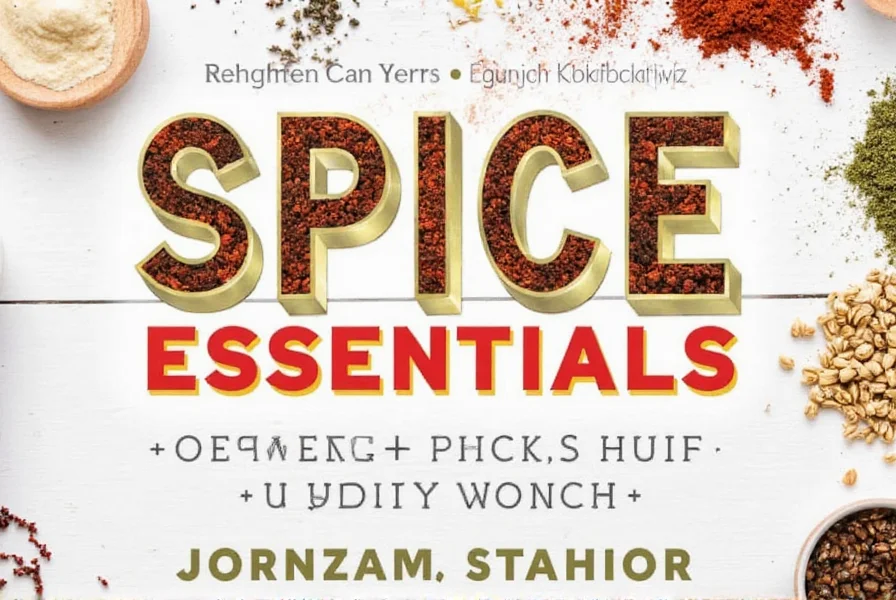
Whether you're a professional chef or a home cook, mastering spice flavor profiles can transform your cooking. It helps you choose the right spices for the right dishes and ensures every meal has that special something that makes it memorable.
Why Spice Flavor Profiles Matter
Spice flavor profiles are the secret to elevating dishes from ordinary to extraordinary. Each spice has a unique profile that influences how it interacts with other ingredients. For example, cumin has a warm, earthy profile, while paprika offers a sweet and smoky note. Knowing these differences allows you to experiment more confidently in the kitchen.
Understanding flavor profiles is crucial for pairing spices with different cuisines. A classic Indian curry relies on the profile of turmeric and garam masala, while a Mexican salsa benefits from the bright, zesty profile of chili powder and coriander. This knowledge helps you create authentic flavors without relying solely on recipes.
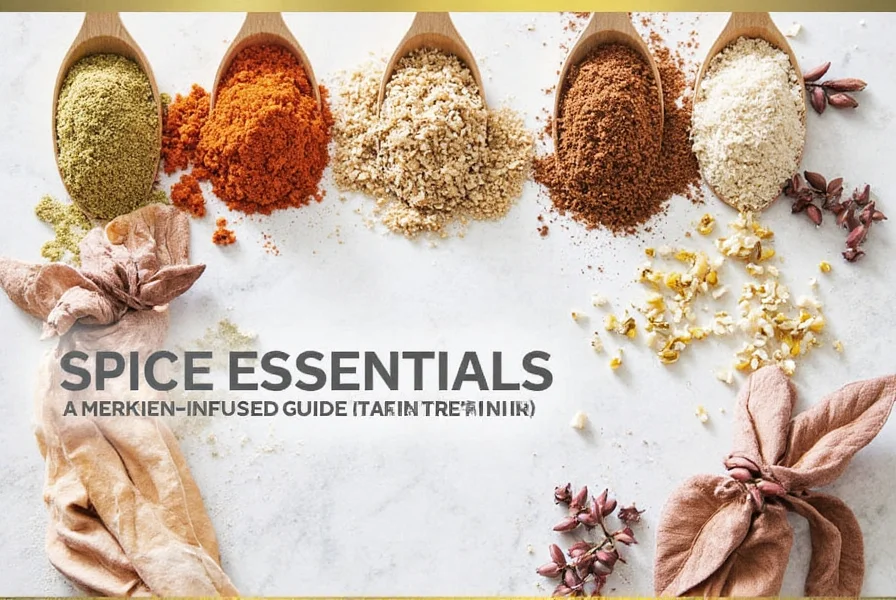
Types of Spice Flavor Profiles and Their Uses
There are countless spices, each with its own unique flavor profile. Here are some of the most common ones and how they're used:
- Cumin: Warm, nutty, and slightly smoky. Great for curries, stews, and roasted vegetables. According to the Spice Trade Association, cumin is one of the most widely used spices globally, with a profile that enhances savory dishes.
- Paprika: Sweet, smoky, or hot, depending on the type. Ideal for soups, sauces, and grilled meats. The Culinary Institute of America recommends using smoked paprika to add depth to vegetarian dishes.
- Cinnamon: Sweet and aromatic. Perfect for desserts, baked goods, and spiced drinks. Cinnamon's profile includes both sweet and woody notes, making it versatile in both sweet and savory applications.
- Ginger: Sharp, spicy, and slightly sweet. Used in both savory and sweet dishes, especially in Asian and Indian cuisine. Fresh ginger has a more pungent profile than dried ginger.
- Coriander: Citrusy and slightly floral. Works well in curries, chutneys, and marinades. The seeds have a different profile than the leaves (cilantro), which are more herbaceous.
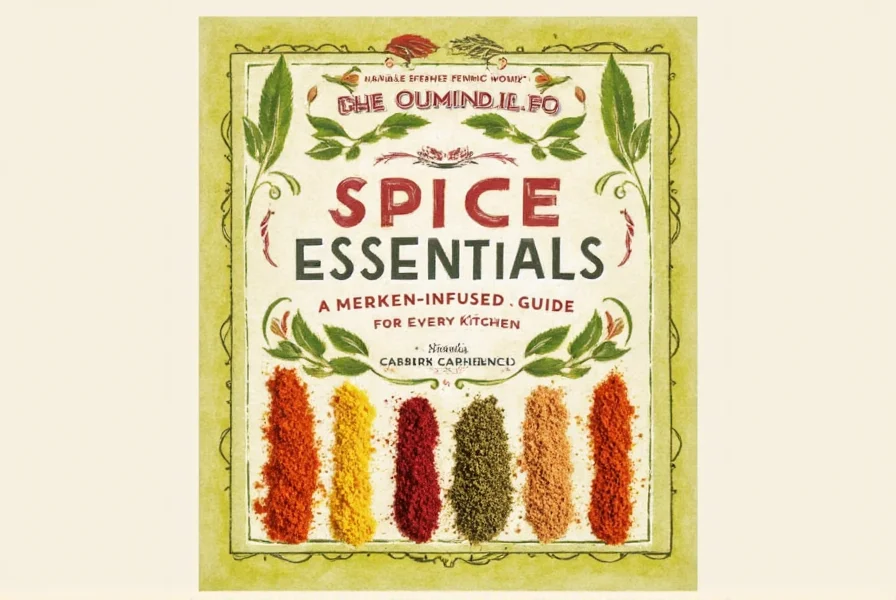
These are just a few examples, but the range of spice flavor profiles is vast. From the fiery kick of cayenne to the delicate sweetness of star anise, every spice adds its own signature touch to a dish.
Practical Tips for Using Spice Flavor Profiles
Now that you understand what spice flavor profiles are, here are some practical tips to help you make the most of them in your cooking:
- Start small: When trying a new spice, start with a little and build up. This way, you can better appreciate its flavor profile without overwhelming your dish.
- Pair wisely: Use spices with complementary flavor profiles. For instance, pair the smoky notes of smoked paprika with the warmth of cumin for a rich, layered flavor.
- Experiment with combinations: Don't be afraid to mix spices that you wouldn't typically use together. Sometimes, unexpected combinations yield the best results.
- Store properly: Fresh spices have stronger flavor profiles, so store them in airtight containers away from heat and light. The Spice Trade Association recommends storing spices in cool, dark places to preserve their essential oils.
- Use in moderation: Even the strongest flavor profiles can be overpowering if used too much. A little goes a long way when it comes to spices.
Remember, the goal is to enhance the natural flavors of your ingredients, not mask them. By paying attention to the flavor profiles of each spice, you can create more balanced and flavorful dishes.
Frequently Asked Questions About Spice Flavor Profiles
What exactly is a spice flavor profile?
A spice flavor profile refers to the complete sensory experience a spice provides, including taste, aroma, heat level, sweetness, and how it interacts with other ingredients in cooking. It's a professional culinary term used by chefs and food scientists to describe the unique characteristics of each spice.
Is "flavor profile" a scientifically recognized term?
Yes, "flavor profile" is a well-established term in food science and culinary arts. It's used by institutions like the Culinary Institute of America and the Spice Trade Association to describe the complex sensory characteristics of spices and other ingredients.
How is flavor profile different from regular spice descriptions?
Traditional spice descriptions often focus on single attributes (like "spicy" or "sweet"), while flavor profiles consider the complete sensory journey—the initial impression, how it develops during cooking, and its lingering effects. Flavor profiles also account for how a spice interacts with other ingredients in a dish.
Can I identify flavor profiles without professional training?
Absolutely! Identifying flavor profiles is a skill anyone can develop through practice. Start by tasting individual spices (in small amounts), noting your impressions, and observing how they change when combined with other ingredients. Your palate will become more sensitive to these nuances over time.
Does cooking method affect a spice's flavor profile?
Yes, significantly. The flavor profile of a spice can transform dramatically based on whether it's used raw, toasted, fried in oil, or added at different cooking stages. For example, raw garlic has a sharp, pungent profile that becomes sweet and mellow when roasted.
How can I use flavor profiles to improve my spice storage?
Understanding that fresh spices have stronger, more vibrant flavor profiles helps you prioritize proper storage. Keep spices in airtight containers away from light and heat to preserve their essential oils and, consequently, their distinctive flavor profiles. Whole spices generally maintain their flavor profiles longer than ground versions.
Buying Guide for Spices
If you're looking to expand your spice collection, here's a guide to help you choose the right ones based on their flavor profiles:
| Spice | Flavor Profile | Best For | Target Audience | Suitable Occasions |
|---|---|---|---|---|
| Cumin | Warm, nutty, slightly smoky | Curries, stews, roasted veggies | Cooking enthusiasts, home chefs | Dinner parties, family meals |
| Paprika | Sweet, smoky, or hot | Soups, sauces, grilled meats | Foodies, adventurous cooks | BBQ nights, festive gatherings |
| Cinnamon | Sweet, aromatic | Desserts, baked goods, spiced drinks | Bakers, dessert lovers | Holiday baking, cozy evenings |
| Ginger | Sharp, spicy, slightly sweet | Savory dishes, desserts, drinks | Cooking beginners, health-conscious individuals | Morning tea, stir-fries, smoothies |
| Coriander | Citrusy, slightly floral | Curries, chutneys, marinades | Global cuisine fans, home cooks | Festive meals, international dinners |
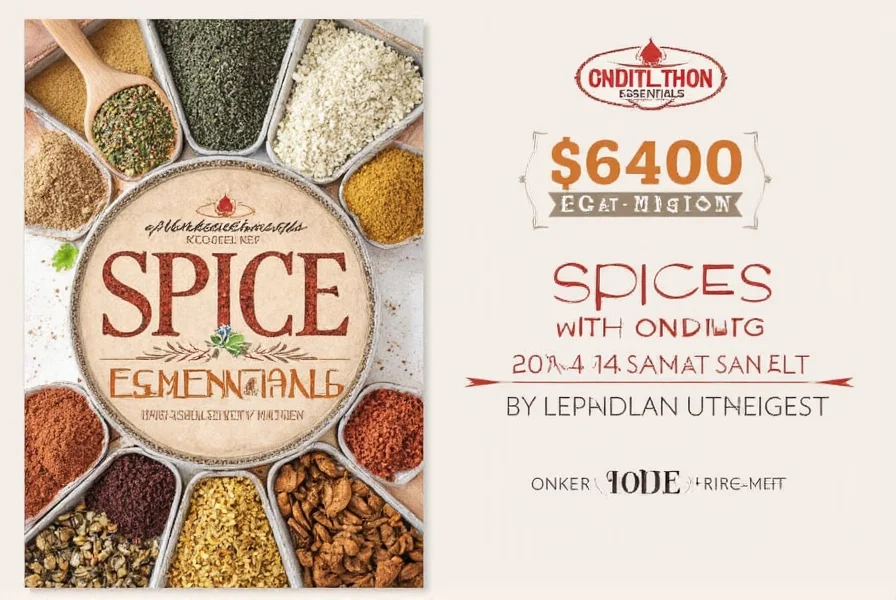
When buying spices, always look for high-quality, fresh options. Avoid pre-mixed spice blends unless you're specifically looking for a ready-to-use seasoning. Instead, buy whole spices and grind them yourself for maximum flavor and profile integrity.
For those who enjoy experimenting, consider purchasing spice sets or gift boxes that include a variety of profile-rich spices. These are perfect for exploring new tastes and adding diversity to your cooking.
Conclusion
In conclusion, spice flavor profiles are more than just technical terms—they're the heart of what makes spices so powerful in the kitchen. Understanding the flavor profile of each spice allows you to create dishes that are not only delicious but also full of character and depth.
Whether you're a seasoned professional or a passionate amateur, taking the time to explore the flavor profiles of different spices will elevate your cooking to new heights. So next time you reach for a jar of spices, remember: it's not just about the quantity, but the quality of the flavor profile that truly matters.
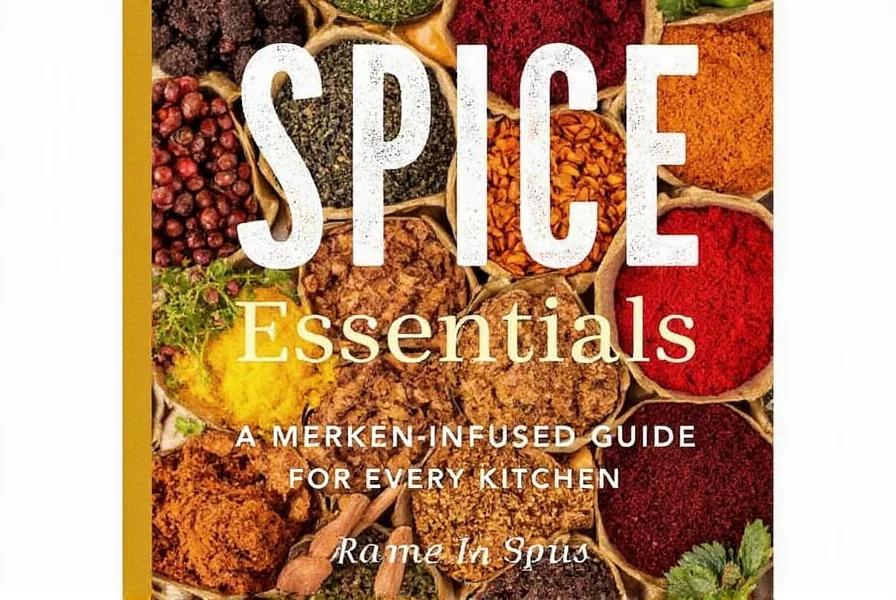
Happy cooking, and may your dishes always carry the perfect balance of flavor profiles!










 浙公网安备
33010002000092号
浙公网安备
33010002000092号 浙B2-20120091-4
浙B2-20120091-4